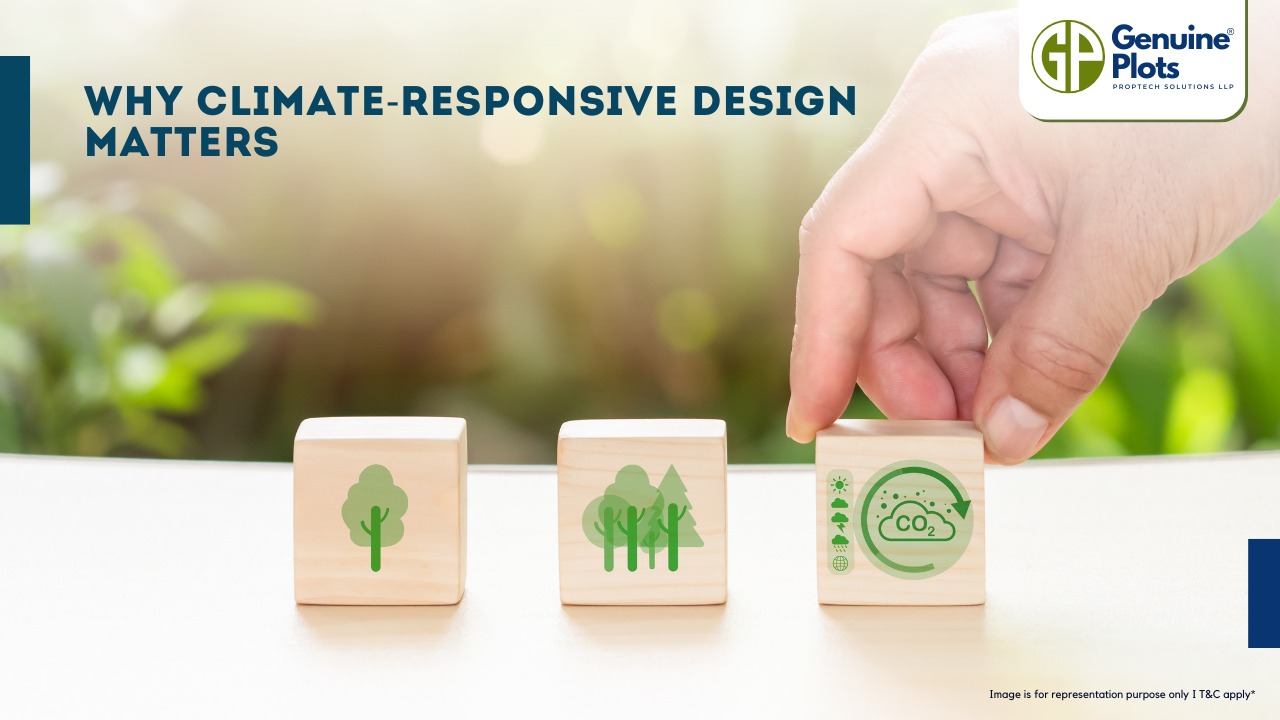Prev Post
Zepto's "10-Minute Land" Offer: A Blend of Real Estate and Fast CommerceAs our world becomes more and more dominated by glass towers and concrete jungles, the bond between people and the earth beneath their feet is breaking. Our skyscrapers become taller every year, but they tend to do so at the expense of the very ecosystems that support life. By moving further away from natural cycles—light, wind, rain, earth—we unknowingly construct environments that suck energy and well-being. It's here that climate-responsive design comes into play, not as a design ethic, but as a responsibility to the planet and to ourselves.
Climate-responsive design, in essence, is about designing buildings with nature, not against it. It understands that architecture is not independent of the environment—architecture breathes, casts shadows, and responds to the climate. By observing the paths of the sun, prevailing winds, rain conditions, and available local materials, architects can design buildings that respond naturally to the climate. Such sensitivity lessens the need for artificial systems to heat, cool, and illuminate, thus reducing energy consumption and carbon emissions.
The strategy is not novel; it finds its roots in conventional buildings that long ago developed organically from the weather. Thick Rajasthani mud walls kept homes cool during the sweltering summer months, while south-facing Kerala roofs with sloped designs easily handled monsoon rains. These conventional treatments showed environmental intelligence long before the word "sustainability" was created. By integrating those lessons with contemporary technology, we can now design spaces that are resilient, effective, and restorative.
In and of itself, climate-responsive design is rewarding. Fresh air, green views, and natural daylight all improve mental and physical well-being. People can re-establish a connection with nature even in urban areas thanks to buildings that breathe and adapt, which enhances the sense of natural cycles.
Lowered energy use relieves strain on grids, neighbourhood water supplies remain filled, and urban heat islands can be reduced by vegetation and reflective surfaces.
At its core, climate-responsive design is more than an architectural fad—it's a path to a harmonious way of being. It pushes us to reevaluate how we use space, building more as partners with the earth and less as conquerors. Design's future lies in learning to live gracefully within nature's constraints rather than trying to control it.
Next Post
Why Land Investment is a Good Idea






